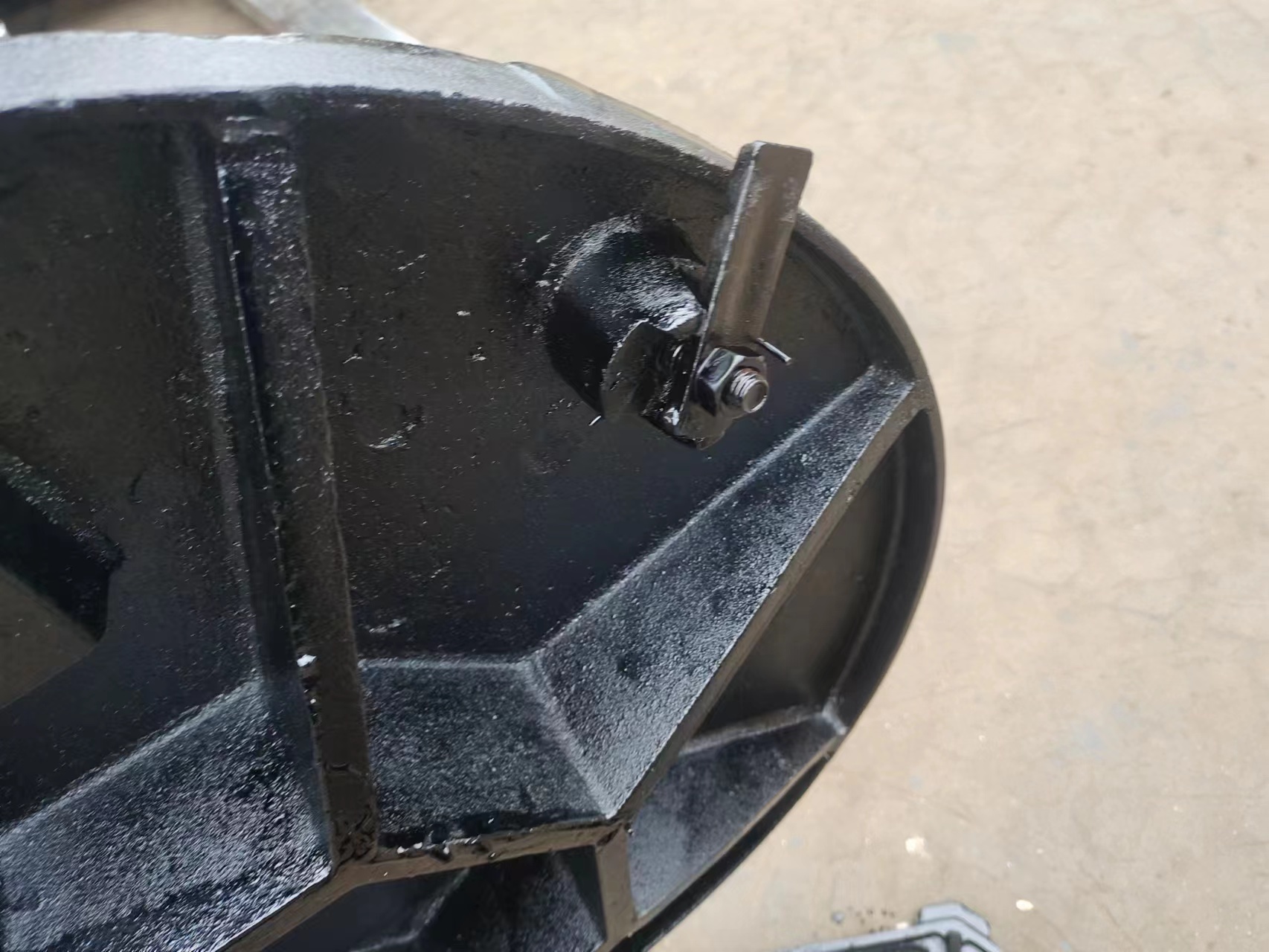short pattern butterfly valve
Understanding Short Pattern Butterfly Valves A Comprehensive Overview
Butterfly valves are essential components in a wide array of industrial applications, particularly in fluid control systems. Among the various types of butterfly valves, the short pattern butterfly valve stands out due to its compact design and efficiency. This article delves into the unique features, advantages, applications, and considerations associated with short pattern butterfly valves.
What is a Short Pattern Butterfly Valve?
A short pattern butterfly valve is a specific type of valve that controls the flow of fluid through a pipe by using a rotating disc. The disc is mounted on a shaft and can be operated either manually or automatically. The term short pattern refers to the valve's design, which features a shorter face-to-face dimension compared to standard butterfly valves. This compact structure makes it ideal for applications where space is limited, yet the need for reliability and performance remains high.
Key Features
1. Compact Design The primary advantage of short pattern butterfly valves is their compact size. The shorter face-to-face measurement allows for easier installation in tight spaces, making these valves suitable for a variety of piping configurations.
2. Quick Operation The design allows for rapid opening and closing, which is beneficial in processes that require quick adjustments to flow control. This characteristic helps enhance the overall efficiency of the systems they are integrated into.
3. Lightweight Generally constructed from materials such as stainless steel, cast iron, or plastic, short pattern butterfly valves are lighter than many other valve types. This reduction in weight simplifies handling and installation, especially in overhead or elevated settings.
4. Versatility These valves can handle a wide range of fluid types, including water, sewage, slurries, and gas. The ability to cater to various applications further solidifies their utility in multiple industries.
Advantages of Short Pattern Butterfly Valves
The advantages of using short pattern butterfly valves extend beyond their physical characteristics
- Cost-Effectiveness Their simple design generally results in lower manufacturing and maintenance costs compared to more complex valve systems. This affordability is especially appealing to industries looking to minimize operational costs.
- Minimal Pressure Drop The streamlined design of short pattern butterfly valves helps to maintain flow rates while minimizing pressure drops
. This feature is crucial in maintaining system efficiency and reducing energy consumption.short pattern butterfly valve

- Ease of Maintenance With fewer moving parts, short pattern butterfly valves are easier to maintain. Many designs allow for in-line disassembly, meaning that maintenance can be performed without disrupting the entire piping system.
Applications
Short pattern butterfly valves find their applications in numerous industries, including
- Water Treatment They are commonly used in water treatment facilities for controlling water flow and mixing chemicals.
- HVAC Systems In heating, ventilation, and air conditioning systems, these valves help regulate airflow and optimize temperature control.
- Food and Beverage The valves are safe to use with various food products due to the possibility of being constructed from food-grade materials, preventing contamination.
- Chemical Processing Their ability to withstand corrosive materials makes them ideal for the chemical industry, where precise flow control is essential.
Considerations
While short pattern butterfly valves provide several benefits, there are some considerations to keep in mind
- Pressure Ratings Users must ensure the selected valve can withstand the specific pressure and temperature conditions of their application.
- Fluid Characteristics The nature of the fluid being handled—such as viscosity, temperature, and corrosiveness—should influence the choice of valve material and design.
In conclusion, short pattern butterfly valves are a versatile and efficient solution for fluid control across various industries. Their compact design, ease of maintenance, and cost-effectiveness make them a popular choice for engineers and system designers facing space constraints. By understanding the features, advantages, applications, and considerations of these valves, professionals can make informed decisions that enhance the efficiency and reliability of their systems. Whether in water treatment, HVAC, or chemical processing, short pattern butterfly valves are an asset worth considering.
-
The Smarter Choice for Pedestrian AreasNewsJun.30,2025
-
The Gold Standard in Round Drain CoversNewsJun.30,2025
-
The Gold Standard in Manhole Cover SystemsNewsJun.30,2025
-
Superior Drainage Solutions with Premium Gully GratesNewsJun.30,2025
-
Superior Drainage Solutions for Global InfrastructureNewsJun.30,2025
-
Square Manhole Solutions for Modern InfrastructureNewsJun.30,2025
-
Premium Manhole Covers for Modern InfrastructureNewsJun.30,2025
